Jogging will help increase strength and flexibility of the following muscle groups:
gluteal muscles
The glutes are the main muscle group responsible for generating propulsion when you walk or run. Research shows that the gluteus maximus muscle fibers are highly active when running, especially when the leg is pulled back to spring forward when walking or running, according to the health website Verywellfit (USA).
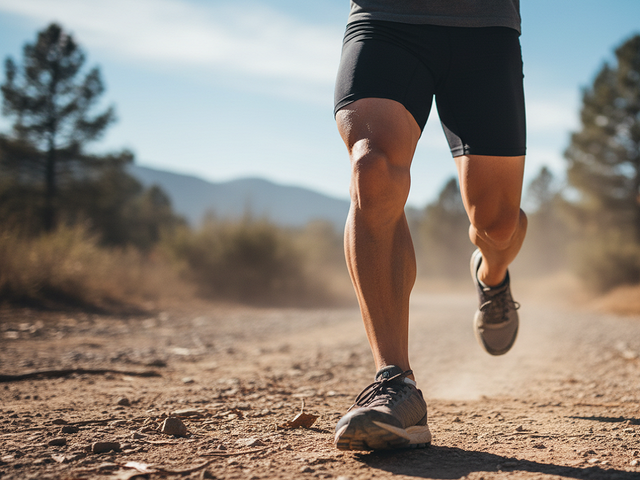
Regular running significantly strengthens leg and foot muscles.
PHOTO: AI
Strong glutes not only help stabilize the hip joint and increase speed of movement, but also improve the shape of the buttocks, support the lumbar spine, thereby protecting the back from the risk of injury. When running uphill, the glutes work even harder.
core
Running is not just about the legs, but also the core. Because when running, the transverse abdominis and oblique muscles are constantly working to keep the spine straight and limit upper body sway. If the core muscles are weak, runners are prone to back pain or reduced performance due to instability of the body's center of gravity.
Conversely, when our core muscles are strong, we can maintain good posture and conserve energy throughout the run. That’s why many marathon runners often do planks, side planks, or deadlifts to help with endurance when running.
upper back muscles
A study published in the journal Frontiers in Physiology found that running increases the activity of the upper back muscles, especially the erector spinae muscles. These are the muscles that keep the spine straight.
When running, the upper back and shoulder muscles work together to stabilize the torso, especially when swinging the arms. Additionally, the lower back muscles are responsible for reducing shock when the foot hits the ground, helping to protect the spine.
Maintaining an upright posture while running also improves breathing capacity by expanding the chest cavity. Regular long-distance running will improve back and shoulder strength, reducing the risk of hunching or neck and shoulder pain.
Leg and foot muscles
Although familiar to runners, not everyone realizes that calf muscles not only generate propulsion but are also responsible for absorbing impact forces from the ground. The gastrocnemius and soleus muscles are the two main muscle groups of the calf. They work intensely with each stride to help maintain speed and reduce stress on the knee joint.
Additionally, the small muscles in your feet help stabilize your running form, especially when running on uneven terrain. Strengthening these muscles can improve your bounce, reduce your risk of Achilles tendonitis, and increase your running efficiency, according to Verywellfit .
Source: https://thanhnien.vn/4-khoi-co-se-manh-hon-nho-chay-bo-185251022183458203.htm








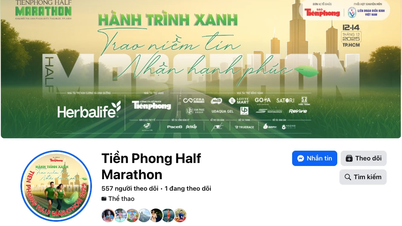

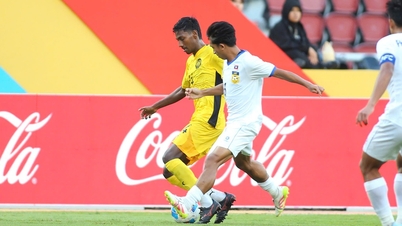

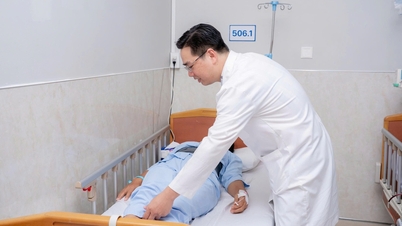
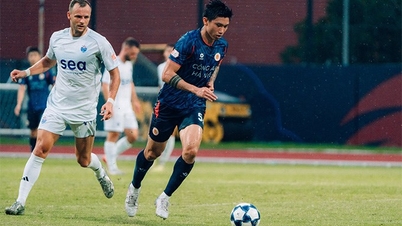


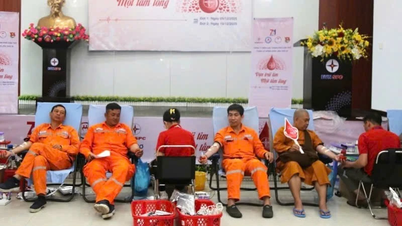

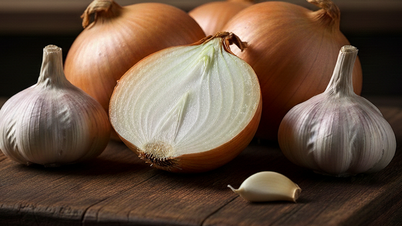
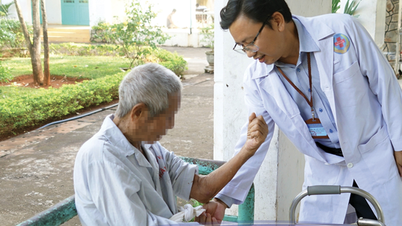

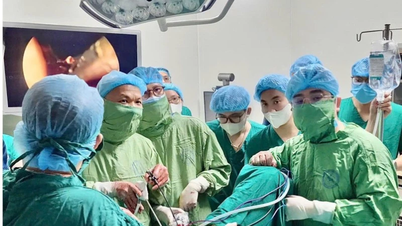
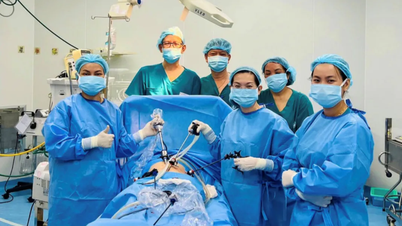

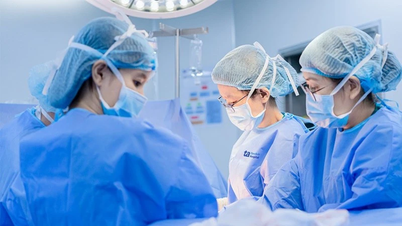




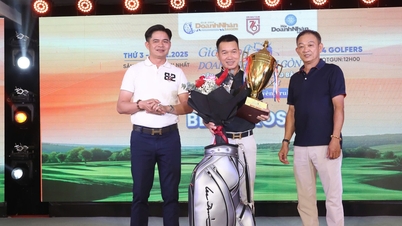

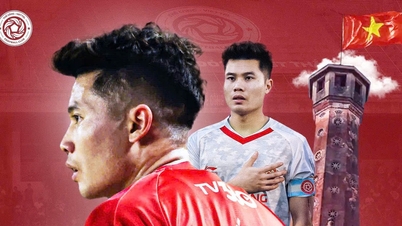
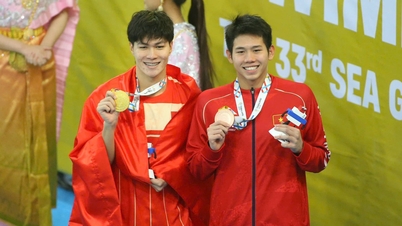
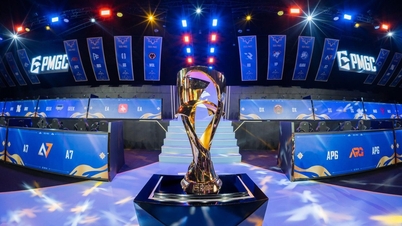





![[Video] The craft of making Dong Ho folk paintings has been inscribed by UNESCO on the List of Crafts in Need of Urgent Safeguarding.](https://vphoto.vietnam.vn/thumb/402x226/vietnam/resource/IMAGE/2025/12/10/1765350246533_tranh-dong-ho-734-jpg.webp)






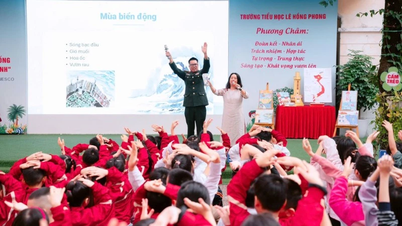


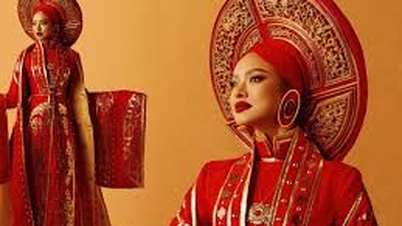

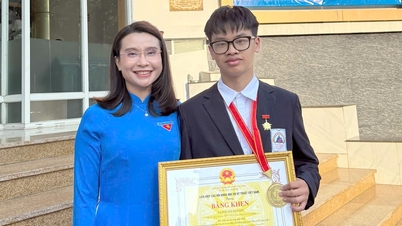

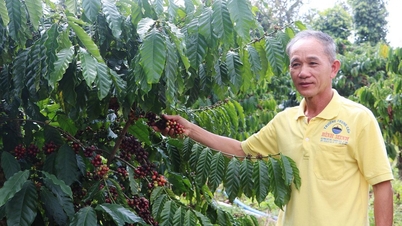

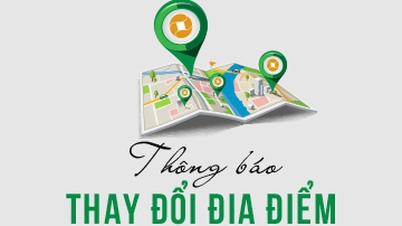
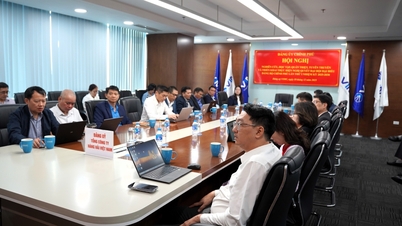



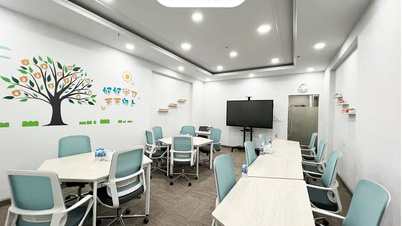






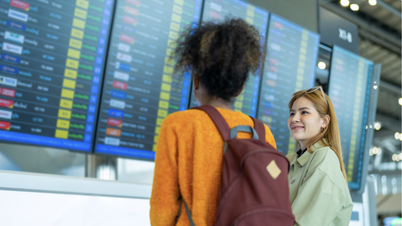




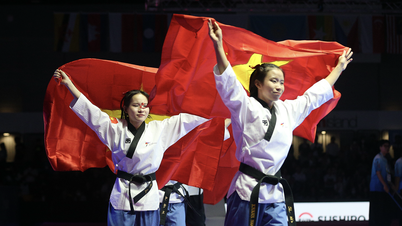
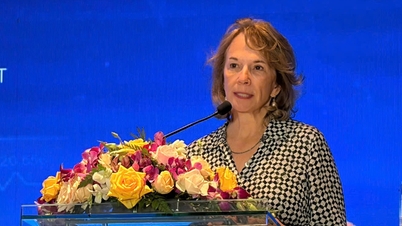


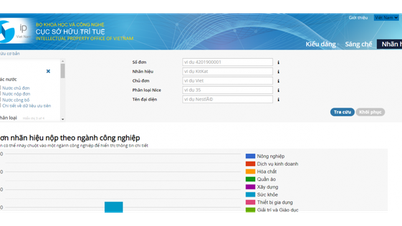

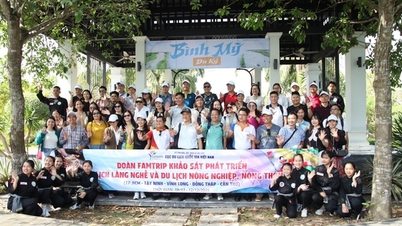

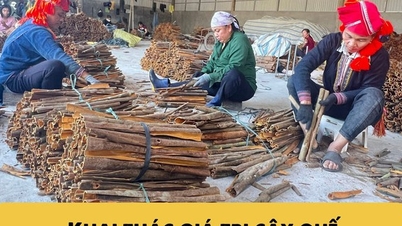


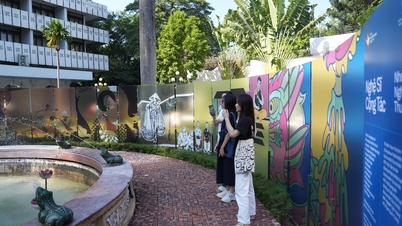

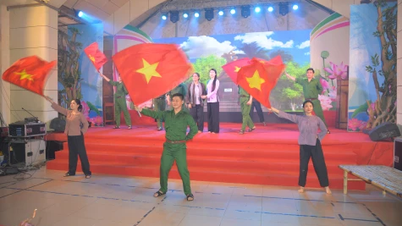

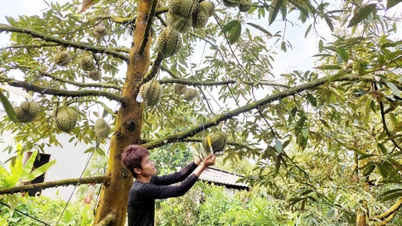
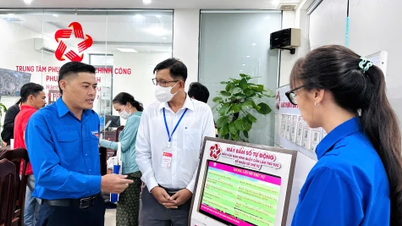
















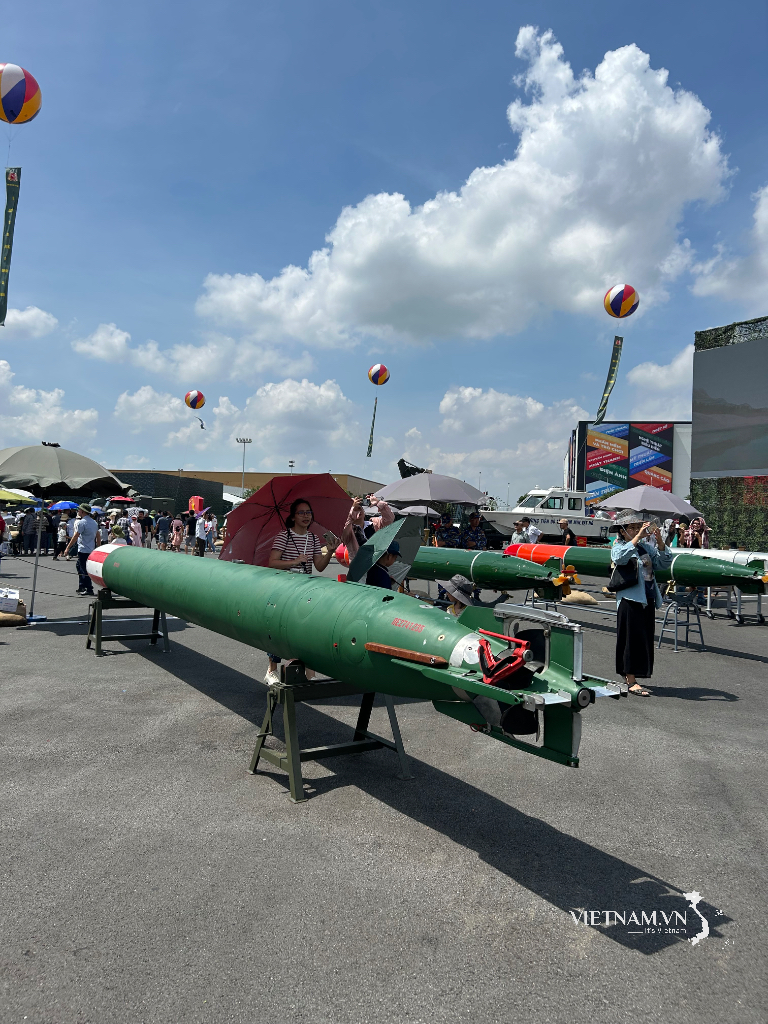




Comment (0)